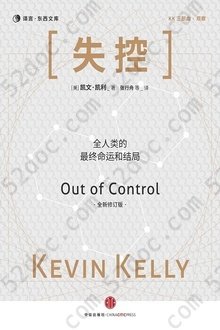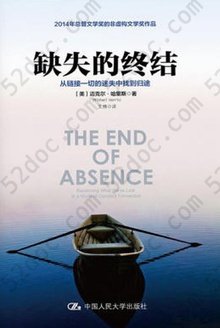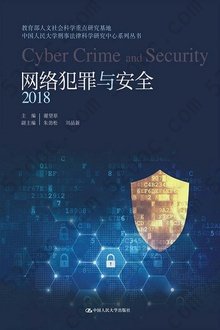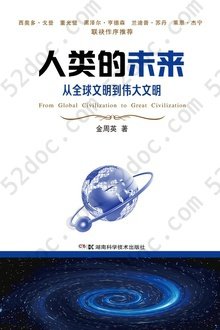注重体验与质量的电子书资源下载网站
分类于: 计算机基础 云计算&大数据
简介
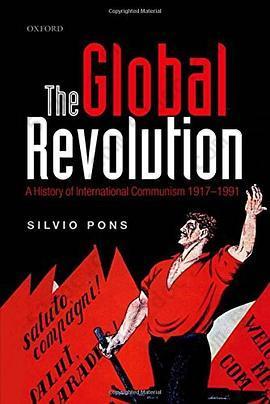
The Global Revolution: A History of International Communism 1917-1991 豆 0.0分
资源最后更新于 2020-08-17 14:39:08
作者:Silvio Pons
出版社:Oxford University Press
出版日期:2014-01
ISBN:9780199657629
文件格式: pdf
标签: 共运史 革命 历史 政治学 国际政治 社会学 政治社会学 国际关系
简介· · · · · ·
The Global Revolution. A History of International Communism 1917-1991 establishes a relationship between the history of communism and the main processes of globalization in the past century. Drawing on a wealth of archival sources, Silvio Pons analyses the multifaceted and contradictory relationship between the Soviet Union and the international communist movement, to show how ...
目录
Contents
Abbreviations ix
Introduction xi
Prologue: War and Revolution 1
1. Time of Revolution (1917–1923) 7
Lenin, the Soviet State, and the Comintern 7
Victory in Russia, Defeat in Europe 16
The Birth of the Communist Parties 24
The End of European Revolution 35
2. Time of the State (1924–1939) 43
World Revolution and ‘Socialism in One Country’ 43
Between East and West 54
Stalin, the ‘Revolution from above’, and the Psychosis of War 65
Communists and Anti-fascism 75
The Total-Security State 86
The Molotov–Ribbentrop Pact 91
3. Time of War (1939–1945) 102
The Alliance with Hitler 102
The Patriotic War and the End of the Comintern 111
Spheres of Influence, National Fronts, and ‘People’s Democracy’ 124
Victory without Revolution 137
4. Time of Empire (1945–1953) 144
The Birth of the ‘External Empire’ 144
The Founding of the Cominform 155
The Break between the USSR and Yugoslavia 167
Revolution in China and War in Korea 175
The ‘Revolution from above’ in Eastern and Central Europe and the
Pacifist Mobilization 184
Communists and the Cold War 193
5. Time of Decline (1953–1968) 206
The Crisis in Central and Eastern Europe 206
The End of Communist Unity 218
Expansion in the Third World and the Rift between the Soviet Union
and China 231
The Limits upon Soviet Influence 244
6. Time of Crisis (1968–1991) 255
1968 and the Prague Spring 255
The Break-Up of the Movement 265
The Global Superpower 273
Eurocommunism 284
The Crisis of Legitimacy 293
Reform and Collapse 305
Epilogue: The End of Soviet and European Communism in
World History 315
References 323
Index 353
Abbreviations ix
Introduction xi
Prologue: War and Revolution 1
1. Time of Revolution (1917–1923) 7
Lenin, the Soviet State, and the Comintern 7
Victory in Russia, Defeat in Europe 16
The Birth of the Communist Parties 24
The End of European Revolution 35
2. Time of the State (1924–1939) 43
World Revolution and ‘Socialism in One Country’ 43
Between East and West 54
Stalin, the ‘Revolution from above’, and the Psychosis of War 65
Communists and Anti-fascism 75
The Total-Security State 86
The Molotov–Ribbentrop Pact 91
3. Time of War (1939–1945) 102
The Alliance with Hitler 102
The Patriotic War and the End of the Comintern 111
Spheres of Influence, National Fronts, and ‘People’s Democracy’ 124
Victory without Revolution 137
4. Time of Empire (1945–1953) 144
The Birth of the ‘External Empire’ 144
The Founding of the Cominform 155
The Break between the USSR and Yugoslavia 167
Revolution in China and War in Korea 175
The ‘Revolution from above’ in Eastern and Central Europe and the
Pacifist Mobilization 184
Communists and the Cold War 193
5. Time of Decline (1953–1968) 206
The Crisis in Central and Eastern Europe 206
The End of Communist Unity 218
Expansion in the Third World and the Rift between the Soviet Union
and China 231
The Limits upon Soviet Influence 244
6. Time of Crisis (1968–1991) 255
1968 and the Prague Spring 255
The Break-Up of the Movement 265
The Global Superpower 273
Eurocommunism 284
The Crisis of Legitimacy 293
Reform and Collapse 305
Epilogue: The End of Soviet and European Communism in
World History 315
References 323
Index 353



